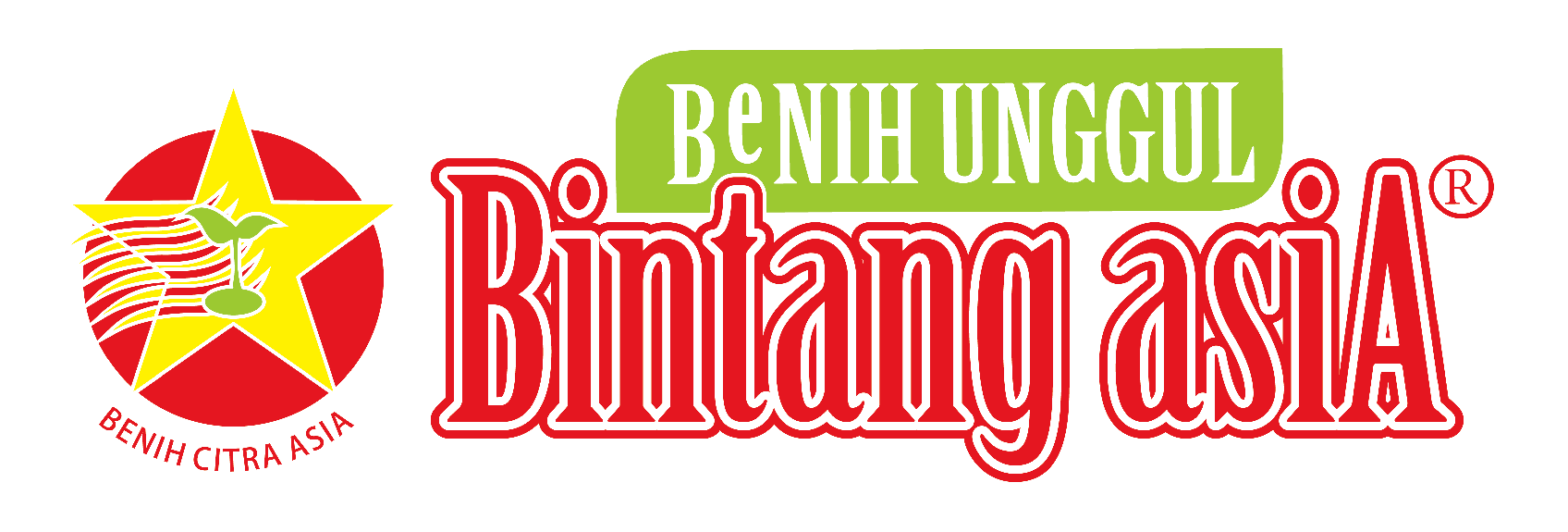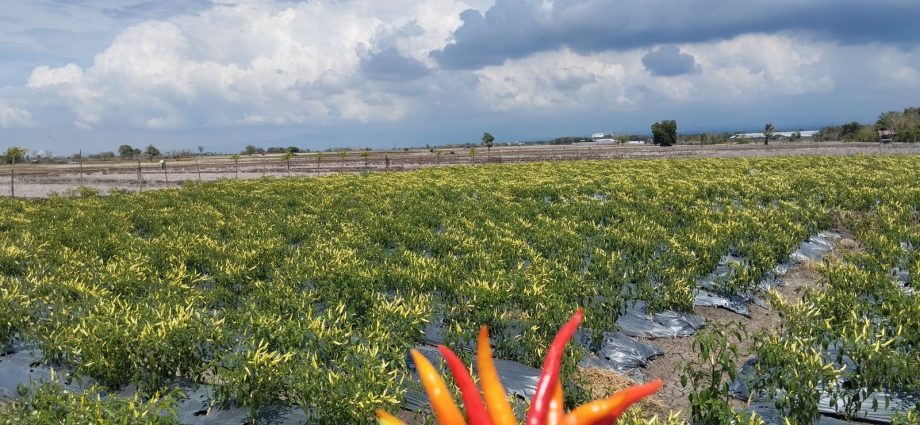What Are the Agricultural Sectors in Southeast Asia?
Southeast Asia is renowned for its rich biodiversity and natural resources, making agriculture a cornerstone of the region’s economy. But what are the key agricultural sectors that thrive in this region, and how do they contribute to local livelihoods? This article delves deeper into these questions.
Major Agricultural Commodities in Southeast Asia
1. Rice as the Backbone of Agriculture
Rice is the primary crop in Southeast Asia. Countries like Thailand, Vietnam, and Indonesia are leading producers, supplying not only their domestic markets but also exporting globally. From traditional to modern irrigation systems, these countries ensure stable rice production.
2. Rubber and Palm Oil: Southeast Asia’s Green Gold
Rubber and palm oil are major commodities in Malaysia, Indonesia, and Thailand. These crops are vital not only for local industries but also for their significant export value, contributing greatly to national economies.
3. World-Renowned Tropical Fruits
Durian, mango, banana, and pineapple are some tropical fruits from Southeast Asia that have gained global recognition. The Philippines and Thailand are major exporters of these fruits to international markets.
Technology and Agricultural Innovation
1. Smart Farming
With technological advancements, smart farming practices are emerging in Southeast Asia. The use of drones, soil sensors, and AI-based applications enhances efficiency and productivity in agriculture.
2. Technology-Driven Water Management
Smart irrigation systems provide solutions to drought and flooding challenges. This technology allows farmers to optimize water distribution effectively.
Challenges in the Agricultural Sector
1. Climate Change
Climate change significantly affects planting cycles and crop yields. Unpredictable weather patterns pose a threat to the region’s agricultural stability.
2. Dependency on Specific Commodities
Some countries heavily rely on one or two types of commodities, making their economies vulnerable to global market price fluctuations.
Future Opportunities
Southeast Asia has immense potential to become a leader in sustainable agriculture. By leveraging its biodiversity, modern technology, and sound policies, the region can enhance farmer welfare and environmental sustainability.
The agricultural sector in Southeast Asia is incredibly diverse, ranging from staple crops to high-value export commodities. Despite various challenges, the integration of technology and innovation offers immense opportunities for growth. With the right strategies, Southeast Asia can solidify its position as a competitive agricultural hub globally.
Link Product Bintang asiA


